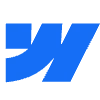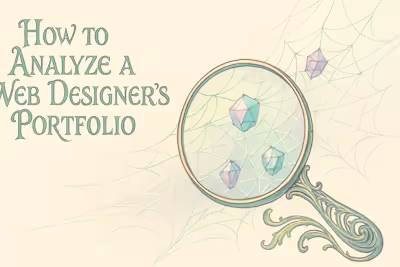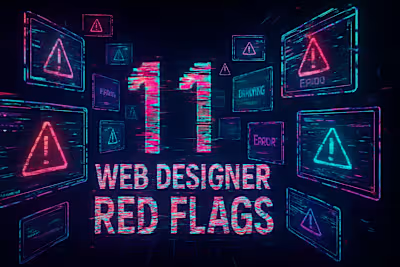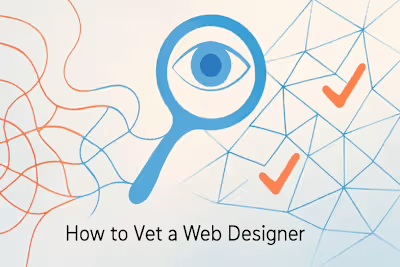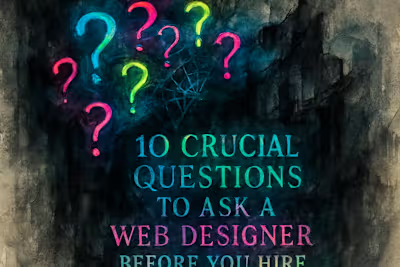Where to Find Top Web Designers (Beyond Generic Freelance Sites)
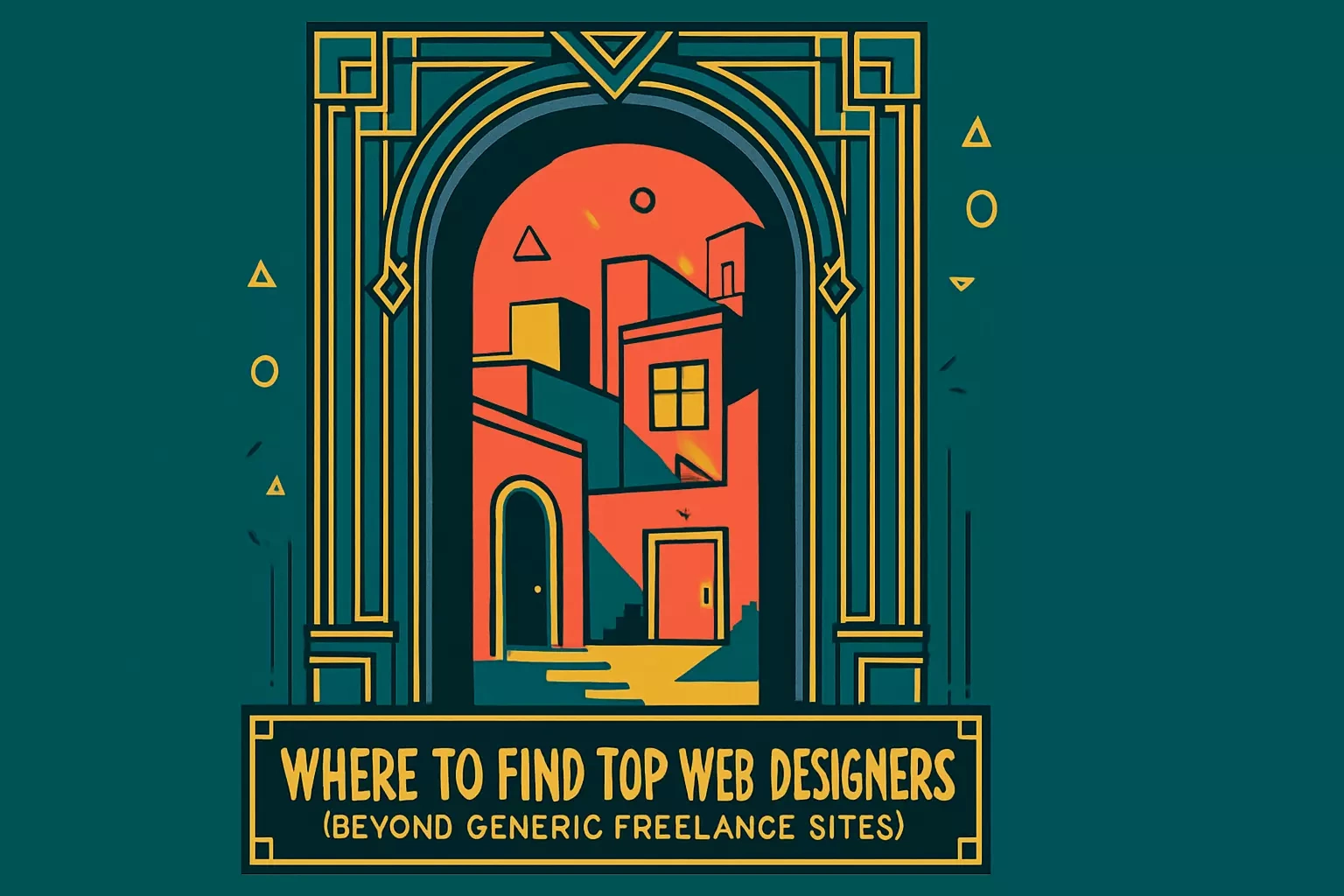
Where to Find Top Web Designers (Beyond Generic Freelance Sites)
Why Look Beyond Traditional Freelance Marketplaces?
Best Platforms and Networks for Vetted Design Talent
Professional Design Networks (Dribbble, Behance)
Curated, Commission-Free Talent Platforms
Design-Specific Communities and Forums
Leveraging Social Media for Talent Discovery
Using LinkedIn to Scout Professionals
Exploring Instagram and X (formerly Twitter) for Visual Portfolios
Tips for Effective Outreach
Where to Find Top Web Designers (Beyond Generic Freelance Sites)
Finding the right web designer can feel overwhelming, especially on large, crowded marketplaces. The key to a successful project is knowing where to look for top-tier talent. This guide will explore the best alternatives for sourcing skilled designers. Once you've found a few candidates, you'll need to know how to perform a portfolio deep dive to assess their skills. We'll also show you how to hire the best web designers for your team.
Let's face it - scrolling through endless profiles on generic freelance sites can drain your time and energy. You deserve better options for finding designers who truly understand your vision and can deliver exceptional results.
Why Look Beyond Traditional Freelance Marketplaces?
If you've ever posted a project on a major freelance platform, you know the drill. Within minutes, your inbox floods with copy-pasted proposals. Most focus on being the cheapest option rather than the best fit for your project.
The race to the bottom on pricing often means compromising on quality. Sure, you might save a few dollars upfront, but what about the hidden costs? Think about revision rounds, missed deadlines, and the frustration of working with someone who doesn't quite get your brand.
Traditional marketplaces also struggle with consistent vetting. Anyone can create a profile and claim expertise. Without proper screening, you're left to sort through dozens of candidates yourself. That five-star rating system? It's often gamed or inflated, making it hard to trust.
Time is another major factor. Posting a job, reviewing proposals, interviewing candidates, and managing the hiring process can eat up days or even weeks. Meanwhile, your project sits on hold.
The good news? There's a whole world of specialized platforms and networks where quality designers hang out. These spaces attract professionals who value their craft and charge accordingly - because they're worth it.
Best Platforms and Networks for Vetted Design Talent
Smart hiring managers know that the best designers don't always hang out on generic job boards. They're building their reputations in spaces designed specifically for creative professionals. Let's explore where to find them.
Professional Design Networks (Dribbble, Behance)
Think of Dribbble and Behance as Instagram for designers - but way more useful for hiring. These platforms showcase polished work from designers who take their craft seriously.
On Dribbble, you can search by specific design styles, color schemes, or project types. Looking for someone who specializes in minimalist e-commerce sites? Just filter your search and browse real examples of their work. Each "shot" links back to the designer's profile, where you'll find contact information and more projects.
Behance works similarly but tends to show more complete case studies. Designers here often walk you through their entire creative process. This gives you insight into how they think and solve problems - crucial information before you hire.
Pro tip: Don't just browse the trending page. Use specific search terms related to your industry or design needs. A designer with 50 followers but perfect experience in your niche beats a popular generalist every time.
When reaching out, reference specific projects you liked. Designers appreciate when you've actually looked at their work. It shows you're serious and helps start the conversation on the right foot.
Curated, Commission-Free Talent Platforms
A new breed of platforms is changing how businesses connect with designers. These curated spaces vet their talent before they join, saving you the hassle of quality control.
What makes these platforms different? First, they often skip the commission fees that traditional marketplaces charge. This means designers keep more of what they earn, attracting higher-caliber professionals who know their worth.
The vetting process varies but typically includes portfolio reviews, skill assessments, and sometimes even background checks. You're not just getting someone who claims they can design - you're getting someone who's proven it.
These platforms also tend to focus on long-term relationships rather than one-off gigs. Features like direct messaging, collaborative workspaces, and streamlined payment systems make ongoing partnerships easier to manage.
Look for platforms that specialize in your type of project. Some focus on startup design, others on enterprise solutions. The more specialized the platform, the better your chances of finding the perfect match.
Design-Specific Communities and Forums
Sometimes the best designers are hiding in plain sight within niche communities. These informal networks can be goldmines for talent discovery if you approach them respectfully.
Reddit has several design-focused subreddits where professionals share work, discuss trends, and occasionally look for projects. Communities like r/web_design or r/design_critiques attract serious designers who are passionate about their craft. Just remember - these aren't job boards. Build relationships first, then explore working together.
Slack communities and Discord servers dedicated to design are becoming increasingly popular. Many have dedicated channels for job postings or freelance opportunities. The key is becoming an active member rather than just dropping in to hire someone.
Facebook groups might seem old school, but many local design communities thrive there. Search for groups in your city or industry. Local connections can lead to in-person meetings and stronger working relationships.
Industry-specific forums also exist for almost every niche. Whether you're in healthcare, finance, or e-commerce, there's likely a community where designers specializing in your field gather. These designers understand your industry's unique challenges and requirements.
Leveraging Social Media for Talent Discovery
Social media isn't just for sharing memes and vacation photos. It's become a powerful recruiting tool when used strategically. The trick is knowing where to look and how to approach potential candidates.
Using LinkedIn to Scout Professionals
LinkedIn remains the go-to platform for professional networking, and its search capabilities are incredibly powerful for finding designers. Start with the advanced search filters - you can narrow down by location, years of experience, specific skills, and even current company size.
Look beyond just the "Web Designer" title. Many talented designers use variations like "Digital Designer," "UI/UX Designer," or "Creative Director." Cast a wider net with your search terms.
Pay special attention to the recommendations section on profiles. Real testimonials from past clients or employers tell you more than any self-written summary. Look for specific mentions of meeting deadlines, communication skills, and creative problem-solving.
Check out their activity feed too. Designers who regularly share industry insights, comment on design trends, or showcase their work are usually passionate about their craft. This passion often translates to better results for your projects.
Don't forget about second-degree connections. If someone in your network knows a designer, that warm introduction can make all the difference. People are more likely to respond when there's a mutual connection.
Exploring Instagram and X (formerly Twitter) for Visual Portfolios
Instagram has evolved into an unofficial portfolio platform for many designers. The visual nature makes it perfect for showcasing work, and the informal setting often reveals more personality than a formal portfolio site.
Search relevant hashtags like #webdesign, #uidesign, or industry-specific tags like #fintechdesign or #ecommercedesign. Look for designers who post consistently and engage with their community. Regular posting shows dedication and helps you gauge their current style.
Stories and reels can give you behind-the-scenes glimpses of their process. Watch for time-lapse videos of designs coming together or explanations of design decisions. This content helps you understand how they work, not just what they produce.
X (formerly Twitter) might seem less visual, but it's where many designers share thoughts on industry trends, new tools, and design philosophy. Following design-related conversations can lead you to thought leaders who might be perfect for your project.
Look for designers who share both successes and challenges. Those who discuss overcoming design obstacles or iterating based on feedback show maturity and professionalism. They're also more likely to communicate openly during your project.
Tips for Effective Outreach
You've found some promising designers - now what? Your first message can make or break the potential relationship. Generic messages get ignored, while thoughtful outreach starts conversations.
Start with specifics about their work. Mention a particular project that caught your eye and explain why. Maybe their color choices align with your brand, or their user flow mirrors what you need. This shows you've done your homework.
Be clear about your project scope from the start. Include basics like timeline, budget range, and key deliverables. Designers appreciate transparency - it helps them quickly determine if the project is a good fit. Nobody likes discovering deal-breakers after investing time in discussions.
Share a bit about your company and why this project matters. Designers often choose projects based on interest and impact, not just pay. If your mission resonates with them, they're more likely to bring their A-game.
Keep your initial message concise but complete. Aim for 150-200 words that cover who you are, what you need, why you're reaching out to them specifically, and clear next steps. End with a specific call to action, like scheduling a brief call or asking for their availability.
Sample outreach structure:
Personal connection to their work (1-2 sentences)
Brief project overview (2-3 sentences)
Why them specifically (1-2 sentences)
Budget and timeline (1 sentence)
Clear next step (1 sentence)
Follow up once if you don't hear back, but respect their silence after that. Good designers are busy, and pushy messages will only hurt your chances.
Remember that hiring is a two-way street. While you're evaluating designers, they're evaluating you as a potential client. Professional, respectful communication sets the tone for a successful partnership.
Finding exceptional web designers requires looking beyond the obvious places. By exploring professional networks, curated platforms, and social media strategically, you'll discover talented professionals who align with your vision and values. The extra effort in finding the right designer pays off in smoother projects, better results, and partnerships that can grow with your business.
Take the time to explore these alternative sources. Your perfect design partner might be just a thoughtful search away from transforming your next project from good to extraordinary.
Like this project
Posted Jun 30, 2025
Tired of sorting through low-quality bids? Discover the best platforms and networks to find and hire professional web designers for your next project.





